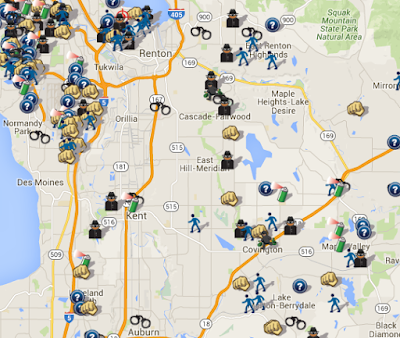UCR and NIBRS: Not Enough to Keep Communities Safe

Should you use year old economic data to determine the current economic stability or the unemployment rate? Would you wait a year after receiving medical information to make a decision on how to proceed with a potentially life threatening procedure? Do sports teams only look at statistics at the end of the season? No. So, why do we happily wait a year for access and the ability to analyze crime rates with UCR (Unifrom Crime Reporting) and NIBRS (National Incident Based Reporting System) reporting? Although well intentioned, it is our belief that UCR and NIBRS should not be data communities ask for and utilize when trying to figure how to assess crime in their neighborhood. *Please note we are not arguing for cessation of UCR and NIBRS. If these reports have been around for so long, then they must be useful. Right? UCR and NIBRS Fall Short Timeliness: One of the problems with UCR and NIBRS reporting from the community perspective is timeliness. The reports are ...



